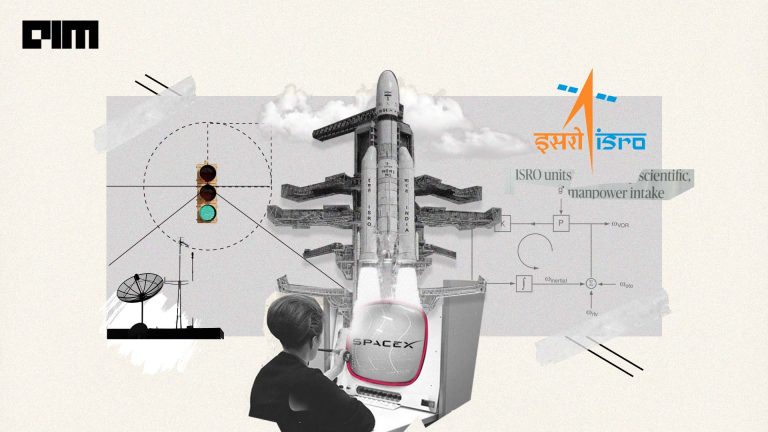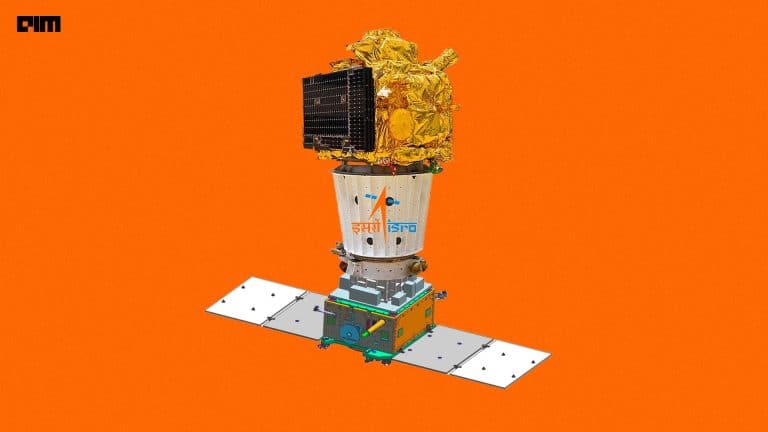To strengthen India’s defence sector and for carrying out better surveillance, the Indian Space Research Organisation (ISRO) will launch EMISAT, an electronic intelligence satellite on April 1 from the Satish Dhawan Space Centre (SDSC) in Sriharikota.
The satellite, which is developed by the Defence Research and Development Organisation (DRDO), is specially designed to track enemy radars, collecting satellite images and for receiving communication intelligence.
Speaking to a leading daily about the new satellite, a former DRDO scientist said, “Military satellites like EMISAT have three key characteristics: help monitor the activities of enemy radars and sensors deployed along the border, know the exact typography of enemy areas and find out how many communication devices are active in the area.”
Stating that the existing monitoring mechanism like aerial drone and balloons pose the challenge of the limited range within a specific time, with the launch of the new satellite the DRDO aims to get a steady inflow of information regarding the enemy asset and their activities.
What is electronics intelligence?
Electronics Intelligence (ELINT) is used by the predominantly by militaries across the world for information gathering through electronic sensors to take a strategic decision and include information such as the location of a specific target and radars.
The formation from the sensors can be procured regardless of whether the device is in an active or passive state, further the electronic information is analysed to know nuanced details like the signal and device type.
EMIST, which was in the development stage for the past eight years is modelled after HySiS, India’s Earth observation satellite and was allocated a budget of Rs 432.8 crore under Project Kautilya.
The satellite is based on ISRO’s Indian Mini Satellite -2 (IMS-2) bus platform and weighs 436 kg and it is intended for electromagnetic spectrum measurement. The device is capable of intercepting radar and microwave signals and the military aims to locate communication devices like cell phones and even have the ability to decode the conversation between people using any communication devices.
“This is how National Technical Research Organisation (NTRO) through technical surveillance recently revealed that around 3000 mobiles were active in the Jaish terror camp in Pakistan’s Balakot before the IAF bombing,” the senior scientist said
The launch
Speaking about the mission, K Sivan, ISRO chairman said, “It is a special mission for us. We will be using a PSLV rocket with four strap-on motors. Further, for the first time, we will be trying to orbit the rocket at three different altitudes.”
EMISAT will be the ninth military satellite to be deployed for military surveillance and will be launched by India’s Polar Satellite Launch Vehicle (PSLV) in its 47th mission from SDSC along with 28 other international customer satellites.
For the launch, which is calculated to last 180 minutes, EMISAT will be the first satellite to be injected at 790km orbit followed by the 28 international customer satellite weighing about 220kg at a 504 km orbit and then at 485 km orbit.
The 28 international customer satellites weighing about 220 are from Lithuania, Spain, Switzerland and the USA and are being launched under commercial arrangements.
Apart from the commercial satellite, PSLV will host three payloads namely Automatic Identification System (Maritime satellite for capturing message transmitted from ships, Automatic Packet Repeating System (To assists amateur radio operators in tracking and monitoring position data) and Advanced Retarding Potential Analyzer for Ionospheric Studies ( Indian Institute of Space Science and Technology (IIST) – for the structural and compositional studies of ionosphere)
“The primary satellite will be injected into a 749 km orbit, followed by two fourth stage restarts to achieve a 504 km orbit, where all customer satellites will be injected. Subsequently, the fourth stage is restarted again to achieve a 485 km orbit to serve as an orbital platform to carry out spaceborne experimentation,” ISRO said in press statement.








































